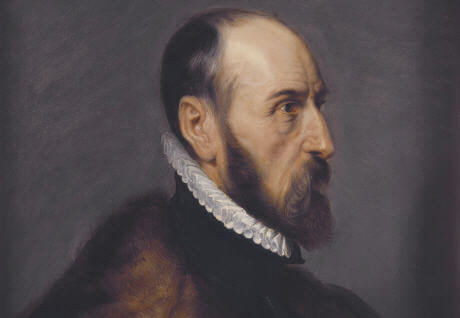
In 1994, however, Seiya Uyeda concluded that subduction (the gravity-controlled sinking of a cold, denser oceanic slab into the subduction zone) " The theory of mantle convection currents and sea-floor spreading became the prevailing explanation of how large plates of the Earth's crust continually move upward, downward, and to the side, allowing the separation of and collision of landmasses well above the moving ocean plates. Continents are built of blocks of crust varying in age, size, rock composition, structure, and fossil assemblage (fauna and flora), with relatively stable, older interiors (the oldest rocks of which are more than 3 billion years old) the sea floors are significantly younger. The sedimentary rocks of an oceanic origin were different from predial samples previously found, and geologists reasoned from this that continents were not simply upwellings of ocean floor.
.jpg)
In the following decades, magnetic studies of the ocean floor, showing that the orientation of rocks had changed over the course of recent geologic time, helped confirm Holmes' ideas that ocean plates were the cause of the rifts and valleys on the ocean floor, as well as of the larger movement of landmasses.īy the early-1960s, a wealth of new evidence (much of it from studies of the ocean floor) formed a picture of what caused continents to drift.

Geologist Arthur Holmes proposed in 1929 that the hot and melted rocks that made up the mantle of the Earth, the layer just beneath the Earth's thin crust, flowed upward, downward, and laterally, pushing apart regions of ocean floor or allowing nearby regions to collide and overrun each other but again little evidence existed to support the idea. His proposal was not well received, however it remained unclear how the continents actually moved, and science had not developed accurate radiometry to date the fossils or the linear belts of rock at the edges of continents. In fact, precursors of this theory existed in maps depicting the joined continents, which had, it may be noted, been drawn almost a century earlier, but it was Wegener who was the first to combine the accumulating evidence for continental drift into a common framework-to weave seemingly dissimilar, unrelated facts into a theory.

In England in 1620, Francis Bacon also noted that the similarity of many of the edges of various continents suggested that they once might have fit together like puzzle pieces.

The Dutch cartographer, Abraham Ortelius, first suggested in 1596 that the Americas were "torn away from Europe and Africa" but there was little evidence to support his hypothesis.


 0 kommentar(er)
0 kommentar(er)
